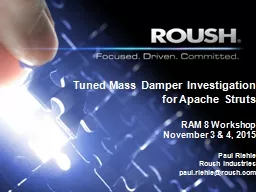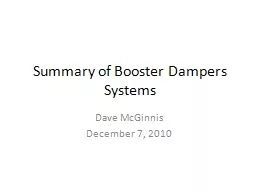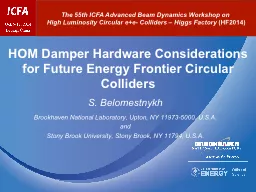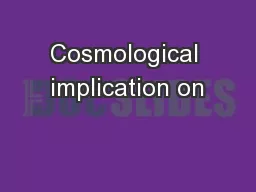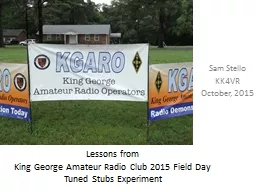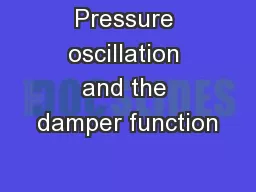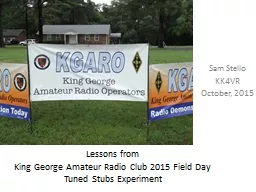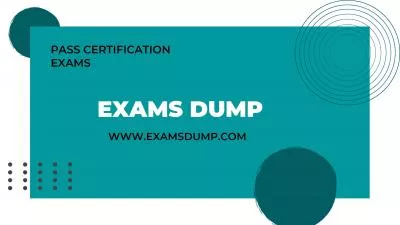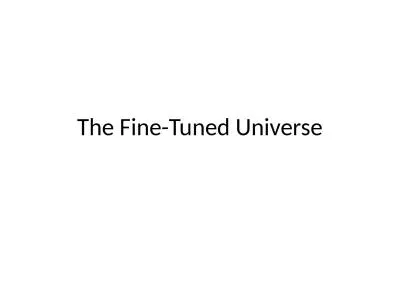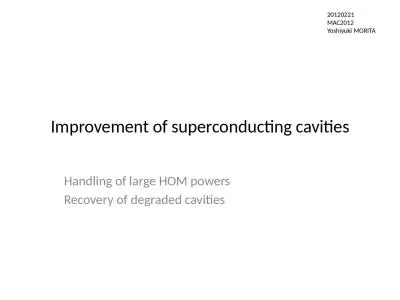PPT-Tuned Mass Damper Investigation
Author : tawny-fly | Published Date : 2018-09-21
for Apache Struts RAM 8 Workshop November 3 amp 4 2015 Paul Riehle Roush Industries paulriehleroushcom Overview Tuned Mass Damper TMD Background Apache MRGB Strut
Presentation Embed Code
Download Presentation
Download Presentation The PPT/PDF document "Tuned Mass Damper Investigation" is the property of its rightful owner. Permission is granted to download and print the materials on this website for personal, non-commercial use only, and to display it on your personal computer provided you do not modify the materials and that you retain all copyright notices contained in the materials. By downloading content from our website, you accept the terms of this agreement.
Tuned Mass Damper Investigation: Transcript
Download Rules Of Document
"Tuned Mass Damper Investigation"The content belongs to its owner. You may download and print it for personal use, without modification, and keep all copyright notices. By downloading, you agree to these terms.
Related Documents

